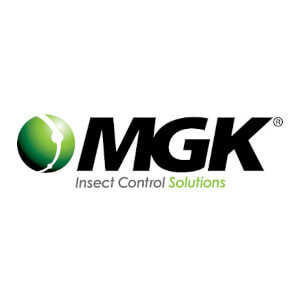Veterinarians play an important role in making sure production animals stay healthy and are performing at their top potential. Producers rely on veterinarians for information about nutrition, vaccines, reproduction, and everything in between.
The control of insects on production animals is important to maintaining balance in all these areas, but insecticides and best management practices can be difficult to communicate to livestock producers amongst all other concerns.
Top 10 Things Veterinarians Need to Know
- Fly Identification
Correctly identifying the filth fly you are dealing with in your production system is imperative to control. Not all flies are created equal in terms of the damage they do, so knowing which species you’re dealing with will help to target the approach you take to control, saving you time, money, and frustration. - Total Farm Approach
Integrated pest management (IPM) is the key to total control. The practice of IPM involves using all the tools in your tool bag – sanitation, physical controls, biological controls, and insecticides – to combat an insect issue. - Pyrethrins, Pyrethroids & Permethrin
All py words are not created equal! Pyrethrins are extracted from the chrysanthemum plant while pyrethroids, including permethrin, are synthetic chemicals developed to mimic the effects of pyrethrins. Knowing more about an insecticide’s active ingredients will help identify the correct product for the job and set customer expectations. - Fly Baiting Principles
Fly baits can be used multiple ways, not solely as a scatter bait on the ground. Bait stations are a great tool for fly bait use in areas where animals are present. Often fly baits can be mixed with water for paint-on and spray on applications to walls. Kick control up a notch by using a bait with an insect growth regulator (IGR). - Larvicides vs. IGRs
Larvicides is a general term for all insecticides that cause mortality in immature insects, like fly maggots. Larvicides come in many forms including feedthroughs, premise sprays, and granules. Contact insecticides like Onslaught FastCap will cause mortality in fly maggots the same way they kill adult flies: as an insect nerve toxicant. Alternatively, IGRs are specific products for maggots, targeting their growth and development. Most IGRs will have little to no effects on adult insects. - Resistance Management
In animal production, we are limited to the use of 4 classes of EPA-registered insecticides: pyrethroids & pyrethrins, neonicotinoids, organophosphates, and spinosyns. It is recommended that producers rotate products in each of these classes to get the most efficacy and reduce insect resistance. - Synergists
Because flies are quick to reproduce, they can pass genetic information, like how to resist death, to the next generation rapidly. Choosing insecticide tools for fly control that contain synergists like piperonyl butoxide (PBO) can support insecticide success. Specifically, PBO combats two of the four known resistance mechanisms in insects: cuticular resistance and metabolic resistance. - Residual Insecticides & Premise Treatments
Production units of all varieties generally cover a large area, so expecting a pour-on or ear tag to do all the heavy lifting on their own is a stretch. Maximize fly control efforts by incorporating premise treatments with residual insecticides and focus control to the areas where flies are actively laying eggs and developing. - Not all Aerosols are Created Equal
Aerosols can be a great tool to quickly protect a farm from flies, but not all aerosols have been designed to do the same thing for fly control. Knowing more about what is in the can will help you know whether to expect flies to be attracted to the spray area, die on the spot, or be repelled from the application zone. - Trapping and Monitoring for Management
It doesn’t make sense to continuously spray the same insecticides all summer, every summer because “that’s the way it’s always been done.” Monitoring fly numbers can tell you if the treatment is working, when you can reduce applications and when you should increase, or if resistance to insecticides is forming in the fly population. This can be done with a few inexpensive monitoring devices placed in areas prone to fly activity.

